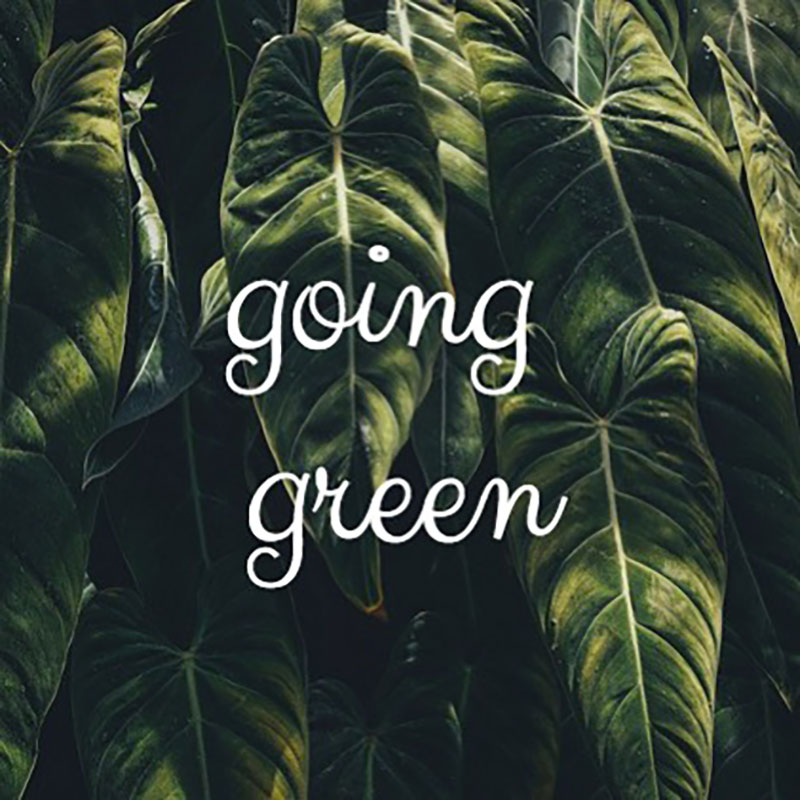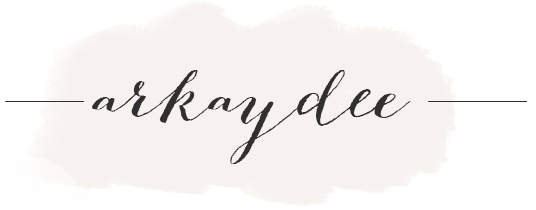
Without knowing it, my sustainability journey started in June 2016. I had just moved countries and was forced to consolidate three “closets” (my fall/winter clothes, my spring/summer clothes, and all the clothes that were still in my old room in my mother’s house). I knew that trying to keep that many articles of clothing was preposterous, and so I set out to lessen the items that made up my wardrobe, something I previously documented in a blog post called The great closet clean up.
Following that clean-up, I changed the way I worked with the clothes that remained. I decided to rotate my wardrobe, meaning I would wear everything at least once before wearing something again. Rotating my clothes has made what remains last much longer because a single item is washed less often. As a result, save for two weddings and two other special occasions, I have not bought any new clothes since 2016.
Little did I know when I started that system that it was just the beginning. What started as an exercise in living simply turned into a way of life.
thinking before buying
I’d previously written about the difference between wanting something and needing something (see old blog post here), which touches on how to decide what to buy. Not needing to buy clothes made me think about all my purchases, and how I really can be smarter about everything I choose to pay for.
First, I did away with fast fashion. I stopped supporting stores that mass produce clothing so that it can be shipped worldwide. I realised that all these stores, in order to produce the way they do, often do away with quality. After one or two seasons, the clothes are falling apart or are no longer good. It also gets you in the habit of buying often because of how cheap the clothes are priced. More often than not, clothes from these places end up in landfills or floating in the ocean.
So I chose to go with local designers who hand-make clothes. Yes this was more expensive, but the clothes last longer, which gives you the value for money that fast fashion actually doesn’t give you. And the fact that the designer is locally based means I lessen my carbon footprint because the clothes are not traveling overseas to end up in a large store with huge overhead costs for electricity.
This year, my newest project is to take some old clothes with still good fabric and going to some of my favourite local designers and asking them to use the material and make me something new. I felt this was much more sustainable than buying something that requires all new fabric.
Second, I thought about everything else I buy. My list came down to: books, personal care products, and food. I am a book lover and so I love buying books, and new books at that! But what is wrong with used books, really? So I visited more used book shops. I am a girly-girl so I have a lot of personal care products, but all of these are cased in plastic (more on this in the next section). So I decided to start buying local personal care products, and whenever possible, products that are package free or at least not packaged in plastic.
Third, I made a big effort to look at what I eat and where it comes from. Like the clothes, I have chosen locally produced instead of imported from another country. I have chosen to eat at home as often as possible and pack lunch to work so as to minimise food waste at home. I learned to choose fish over meat and include more vegetables at every meal; primarily because it is more sustainable, but also because with the current plastic situation in the ocean there is only so much time before all the fish disappear and supporting the industry just might encourage more people to solve that problem.
doing away with plastic
Six months ago, with those changes having taken place, I asked a friend to teach me how to eco-brick. So my entire household started re-using plastic until it could no longer be used, washing plastic, drying it, and stuffing it in plastic bottles so that it can be donated to organisations that collect eco-bricks for use in various construction builds. Commonly, they are used for schools, playgrounds, and the buildings of local government units in the provinces.
In six months, we–a five person household–created a total of 13 eco-bricks. THIRTEEN in six months. All stuffed with plastic that would have ended up in the sea. It amazes me how much plastic can actually fit in just thirteen bottles, and it horrifies me how much is thrown away willy nilly.
With plastics that are too big or too hard to fit into an eco-brick (such as the make-up containers), I save them for donation to places that break them down into plastic chips so they can be reused. Anything to keep them from ending up in our seas!
More important than eco-bricking, whenever possible, I have done away with single-use plastics. If something fits in my purse, then I don’t need the plastic bag. I know how to drink from a glass so I don’t need the straw. I have water bottles and coffee containers at home so really I don’t need that takeaway cup.
Since those who live in my house all learned to eco-brick, I encouraged them to tell their families and for their families to tell their neighbours about what they can do instead of throwing away plastic. It’s a small thing to do, but somehow I really hope that all the additional eco-bricking households are making a difference in this global problem.
learning to garden
At home, with our eco-bricking system down to a science, we moved on to gardening. I want my daughter to understand where food comes from and how it is grown. I think it is a good way to get her to appreciate the food on her plate, appreciate the farmers that worked for it, and to respect the earth that feeds her. So we started with some easy to grow vegetables and then moved on to creating a vertical herb garden with the herbs I most often use in the kitchen.
While it doesn’t fit all of our daily needs, not having to buy certain ingredients does help us live more sustainably.
moving from habit to mission
Before long, it wasn’t enough to be doing these things just for us. I want to do more, learn more, and make a larger impact. So I decided to start doing work that promotes sustainability and educates others on how to live more sustainably. I have taken on projects along these lines and have shifted my focus so that what I work on is aligned with how I live. I can touch more on this when those projects are more concrete (don’t want to jinks anything!), but in the past few months I realised that living simply, living sustainably, living plastic free, living with the earth in mind is really the only way to live.

Hi! Came across your page when i was searching for ways to help the environment & eliminate plastic ending up in the ocean. Was inspired w your post and started collecting “eco bricks”.. Anyway, my question is, where do i donate them?
Hi! You can check out The Plastic Solution. 🙂